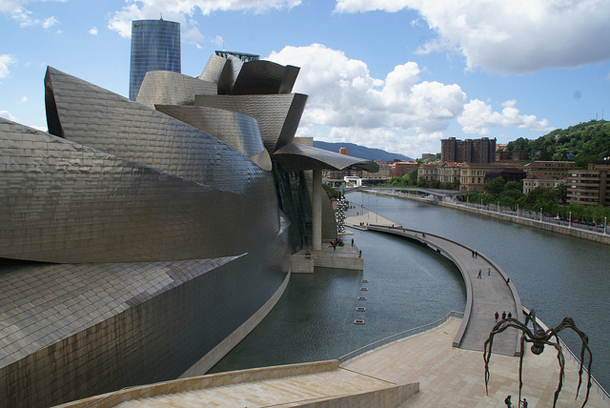Are architects ruining cities?


It wouldn't be a stretch to say that we live in an age of architecture. In our time, architects like Bjarke Ingels inhabit a space akin to movie stars -- and more and more they're being played by them. It's difficult to watch a mainstream movie these days -- Inception, (500) Days of Summer, or It's Complicated -- without being slightly enchanted by a sensitive architect.
This infatuation with urban design isn't unexpected. As Alan Ehrenhalt pointed out in his recent book The Great Inversion, we're living in a moment where the suburban values of the Baby Boom generation are being supplanted by a revived interest in urban life. In this dialectic between world views, the architect arrives as the patron saint of the suburban kid born again as an urban resident.
According to Jonathan Meades, however, this needs to stop.
Meades, a British writer who covers food, architecture, and culture, for The Guardian charged in his Sept. 18 column that architects shouldn't be the ones defining cities at all:
"Architecture, the most public of endeavours, is practised by people who inhabit a smugly hermetic milieu which is cultish. If this sounds far-fetched just consider the way initiates of this cult describe outsiders as the lay public, lay writers and so on: it's the language of the priesthood. And like all cults its primary interest is its own interests, that is to say its survival, and the triumph of its values – which means building."
This attitude, Meades writes, instills in architects a lack of empathy for regular people -- the ones who end up living and working inside Art Nouveau or Modernist buildings long after the architect has moved on to better climes.
Meades' other complaint against architects involves the architect's relentless pursuit of perfection:
"Another cause of failure is their bent towards aesthetic totalitarianism – a trait Nikolaus Pevsner approved of, incidentally. There was no work he admired more than St Catherine's College, Oxford: a perfect piece of architecture. And it is indeed impressive in an understated way. But it is equally an example of nothing less than micro-level totalitarianism. Arne Jacobson designed not only the building, but every piece of furniture and every item of cutlery."
While this pursuit of perfection results in visually-stunning spaces, Meades, for one, would much prefer the wasteland of the Lea Valley in East London to the Lea Valley Regeneration Strategy that turned the area into a playground for the 2012 Summer Olympic Games.
"The human ideal is to revel in urbanistic richness," Meades said, "in layers of imperfection."
Far from stifling human imagination, imperfection emboldens it, Meades argues. Nor is Meades alone in this perspective. Canadian writer Margaret Atwood voiced a similar affection for the moments when suburban perfection gives way to disorder in her 1998 poem "The City Planners":
"the smell of spilt oil a faint
sickness lingering in the garages,
a splash of paint on brick surprising as a bruise,
a plastic hose poised in a vicious
coil; even the too-fixed stare of the wide-windows
give momentary access to
the landscape behind or under
the future cracks in the plaster
when the houses, capsize, will slide
obliquely into clay seas, gradual as glaciers
that right now nobody notices."
Where does that leave us? Somewhere, it seems, between the untamed wild of the subway system and the flicker of the Chrysler building, winking on the horizon.
What's your view? Are architects an elite guild bringing order to our cities, or perfectionists curbing serendipity? Join the conversation below:
This post was originally published on Smartplanet.com